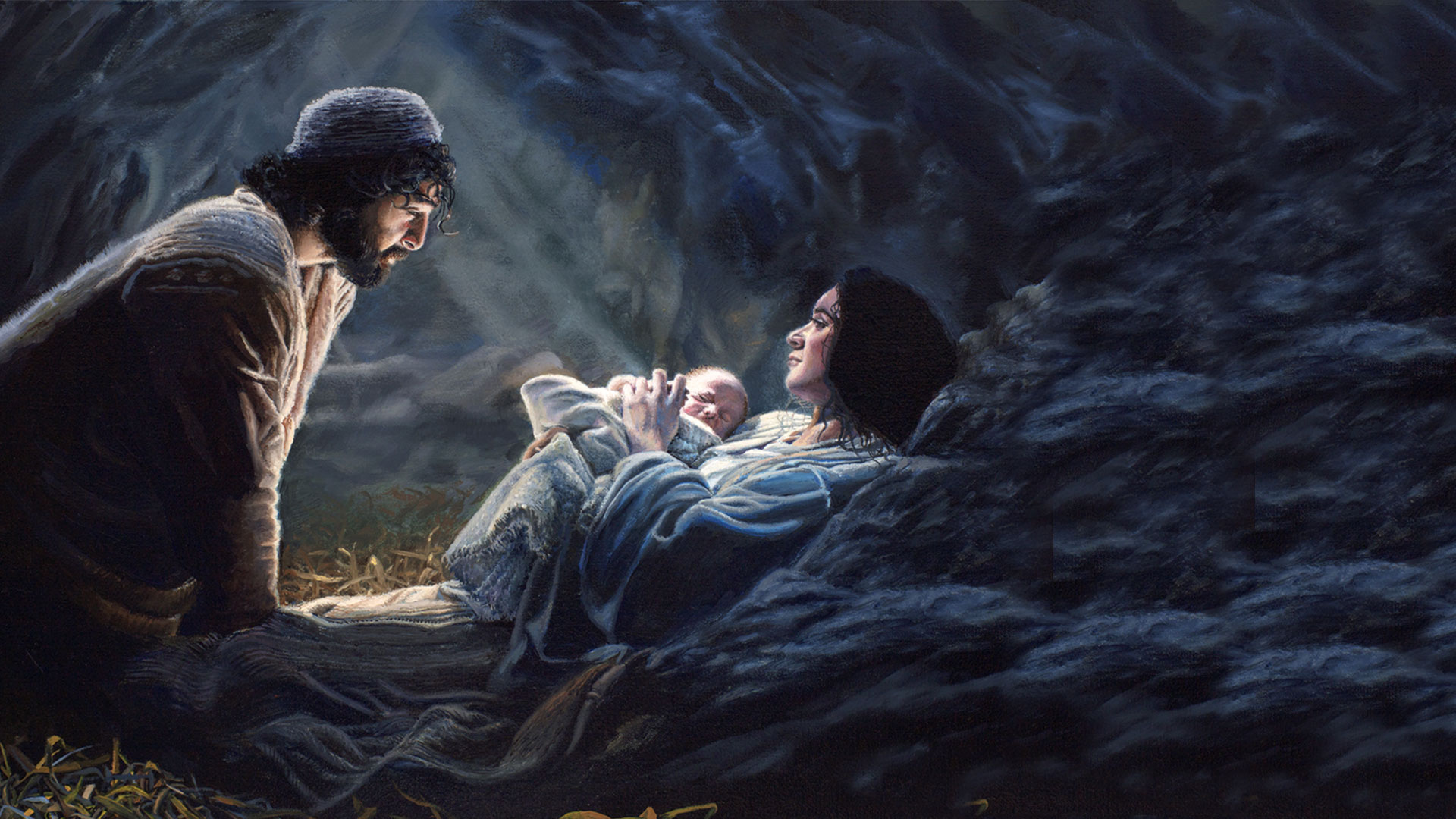Jesus taught that we should follow His example to enter heaven, which most frequently was modeled by quiet service, being meek and humble like a child, and intelligently outwitting the Pharisees and Sadducees in civil conversations. One experience, however, seems out of character for Jesus and has thus gained a lot of attention. This is the story of Jesus angrily clearing out the temple by throwing over tables and cracking a homemade whip.
Why did Jesus respond so strongly, and with anger? He consistently denounced sin, but typically in gentle ways. In the case of the adulterous woman, He showed mercy and forgave Her sins. He was seen eating with tax collectors, who were social pariahs in Jewish culture. Jesus commanded His followers to become humble like children, when children were not seen as important members of society. Understandably, Jesus’ reaction at the temple has caused many questions. Let’s begin with the story.
Jesus cleansed the temple
After turning the water into wine for His mother in Cana, Jesus and the disciples went to Jerusalem to celebrate the Passover.
The Passover celebration included many feasts and temple worship, including animal sacrifice. People came from all over to celebrate in Jerusalem, which meant that these travelers brought many different currencies with them. It had become customary to buy the sacrificial animal at the temple, but these different currencies were of no use in Jerusalem. Exchange tables were brought in, and men began to trade in different currencies at the temple as well, so that travelers could exchange their foreign coins for Jerusalem currency, and then buy their sacrificial animals to worship in the temple.
What may have begun as a helpful service was now creating a loud and dirty market within the temple walls. The men who had begun to trade currencies were now charging unfair rates to take advantage of the crowd drawn to Jerusalem by the Passover.
When Jesus and His disciples went to worship at the temple, Jesus was shocked at the display. Anger rose inside and He created a whip out of rope.
With a flame of zeal lighting His eyes, He walked in and cleaned out the market, releasing the sacrificial animals into the street, upending tables and cracking the whip.
“Take these things out!” He cried. “Do not make my Father’s house a common market!”
The disciples were amazed to see Christ so angry and act with such force. Soon, the temple was cleared of the bustle of purchases and a quiet, peaceful calm set in.
What were temples for?
Animal sacrifices
There are a number of temples recorded in the Bible, like the grand temple of King Solomon. Before Solomon’s temple, the Israelites used tabernacles. Since the Israelites were wandering in the desert for so long, they couldn’t build a stationary structure. The tabernacle was a sort of traveling temple.
Tabernacles show the importance of a holy structure in worship. These nomads built tabernacles at great expense to the people. But why?
Both temples and tabernacles were used to offer sacrifices to God. There were some rituals that revolved around religious holidays, like the Passover. Others were tied to repentance or desires to make peace. These sacrifices were facilitated by priests, and showed that the offerer was willing to part with something important to them to draw closer to God.
Holy of Holies
The holy of holies was first introduced in Moses’ day with the traveling tabernacle. The structure and meaning was continued with the construction of stationary temples. The holy of holies is the name of a sacred inner room that housed the Ark of the Covenant. Once a year, the high priest would enter the holy of holies and make a special offering on Yom Kippur, the Day of Atonement. This sacred event symbolized the purification and, in a sense, the recommitment of the people of Israel before God. Entering the holy of holies was seen as entering God’s presence, making the tabernacle or temple the house of God.
The Holy of Holies was separated from other more common parts of the tabernacle or temple by a veil. That veil symbolized the separation of mortals from the presence of God. When Jesus died on the cross, the veil in the Jerusalem temple tore.
Symbolism
The sacrifices and holy of holies are centered around repentance and communion with God. These experiences are very sacred and require humility and sincerity. They also required quiet reverence. Jesus took communion with God very seriously. He went to the temple often, to pray and to teach.
As mentioned previously, the veil of the temple was torn with the death of Christ. When instituting the the Last Supper, frequently called the Holy Communion today, Jesus taught that He was offering His body and blood as a sacrifice from sin.
We cannot lightly pass over the connection between the sacrificial animal given offered for peace and forgiveness of sins, and the sacrifice of Jesus’ life for the same. The practice of animal sacrifice was instituted to give the Israelites some personal experience with the kind of sacrifice that would be made on their behalf. Jesus’ death fulfilled the Law of Moses, but that did not end religious rituals used to help mortals participate in Jesus’ sacrifice. Most Christian religions offer some form of the Last Supper to their congregations, although they vary in format and frequency.
Jesus’ anger
As we come to appreciate the importance of tabernacles and temples in having a relationship with God, we can understand why Jesus was uncharacteristically angry. Jesus had come to commune with the Father and celebrate the Passover. The temple was God’s home. Jesus was angry when He witnessed the total disrespect of the money changers in the temple. They had taken a quiet ritual and introduced a loud, smelly, expensive market into the court of God’s house.
Jesus valiantly fought for His Father’s honor, using drama to emphasize the importance of His teaching. No one would soon forget His display of anger. Today, two thousand years later, we have not forgotten. He showed Christians how to reverence our interactions with God, in or outside a holy structure.




